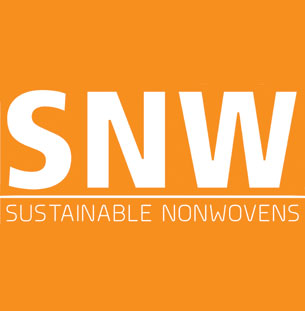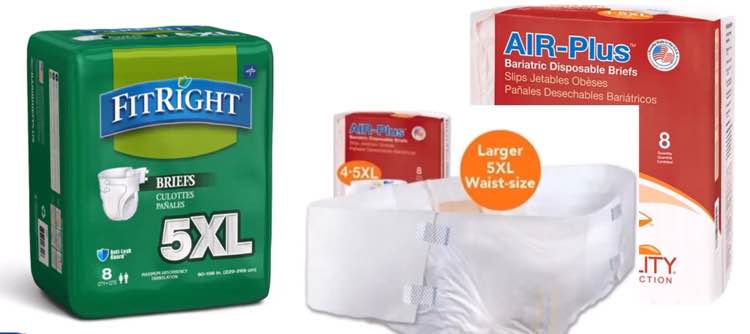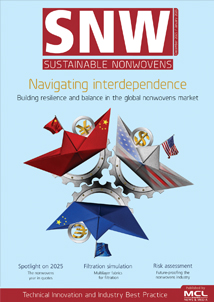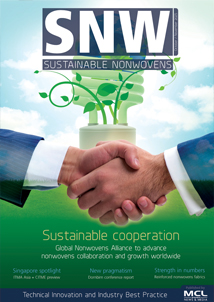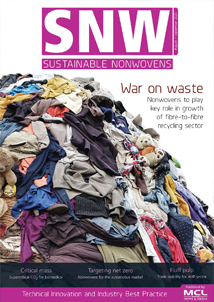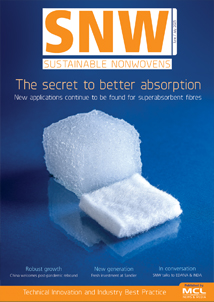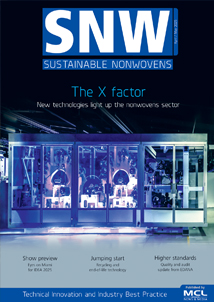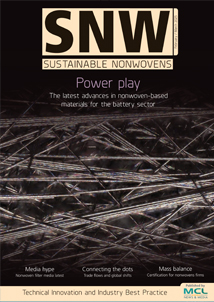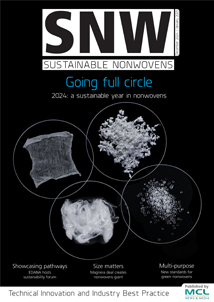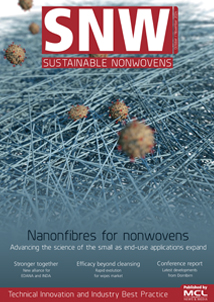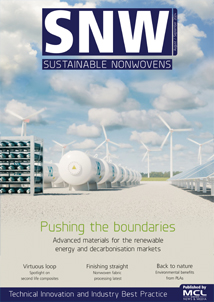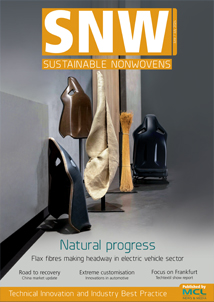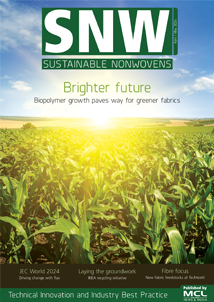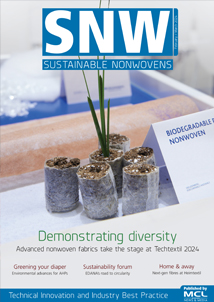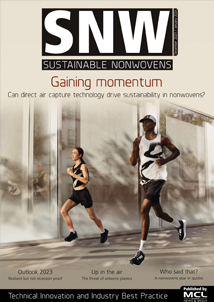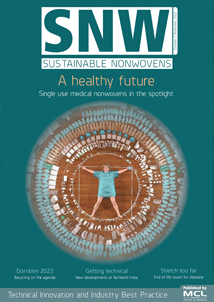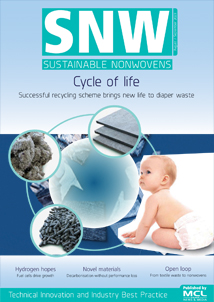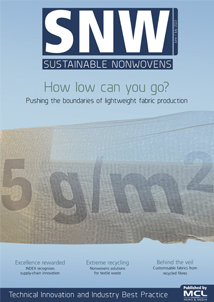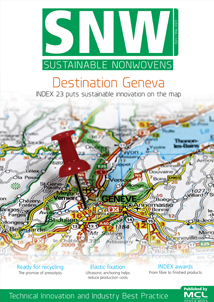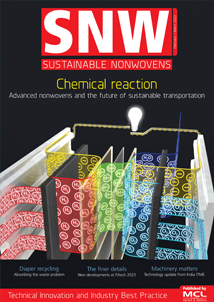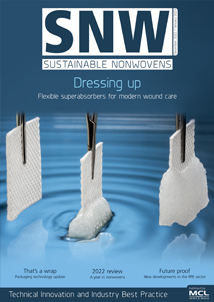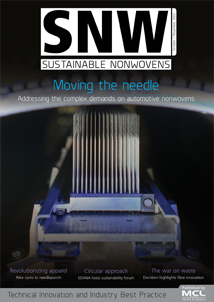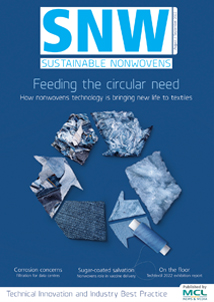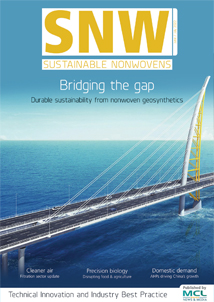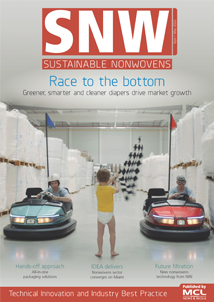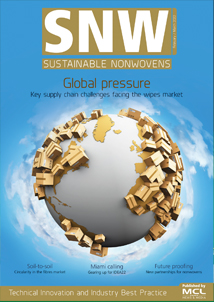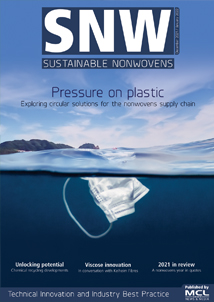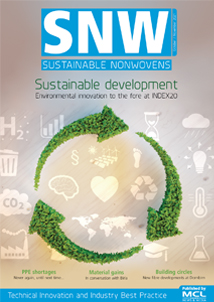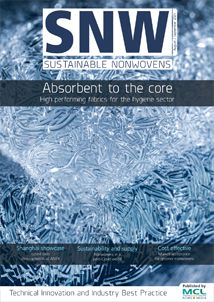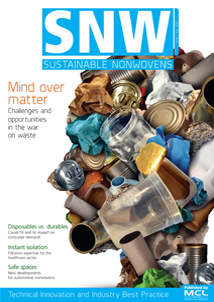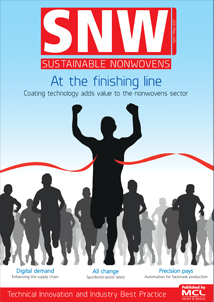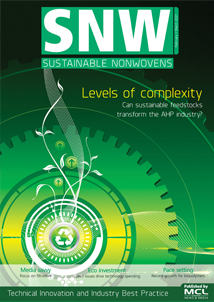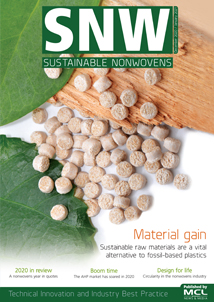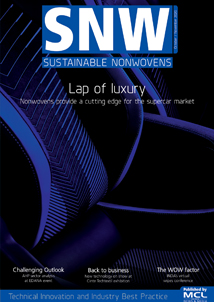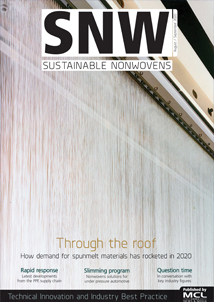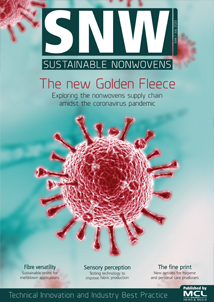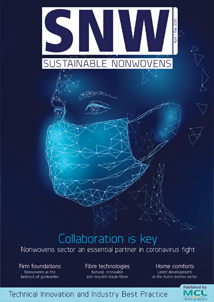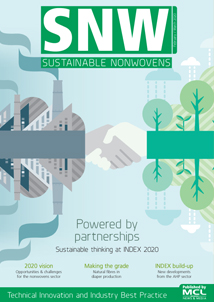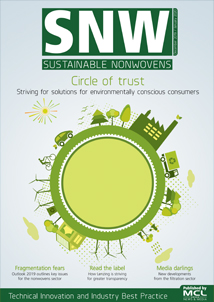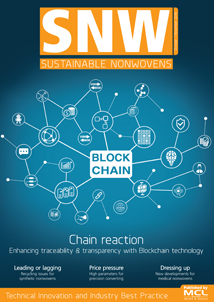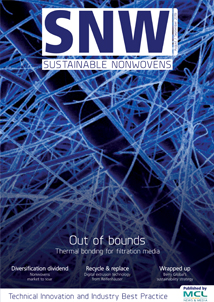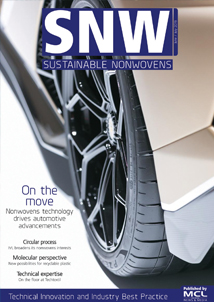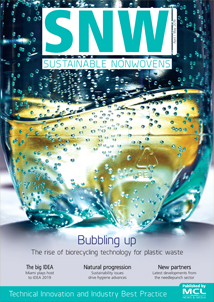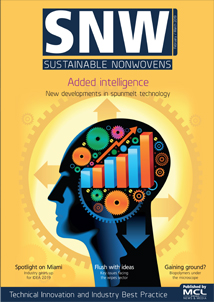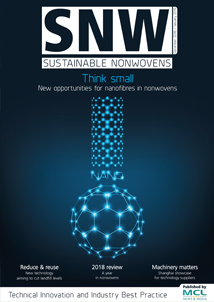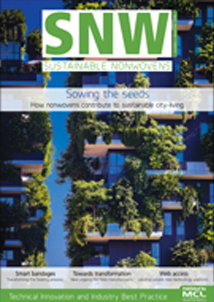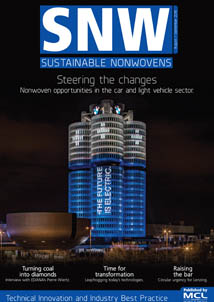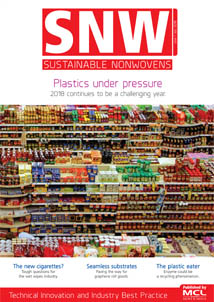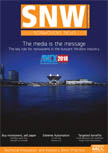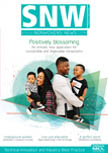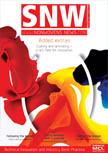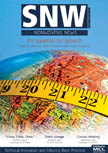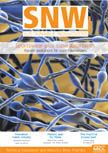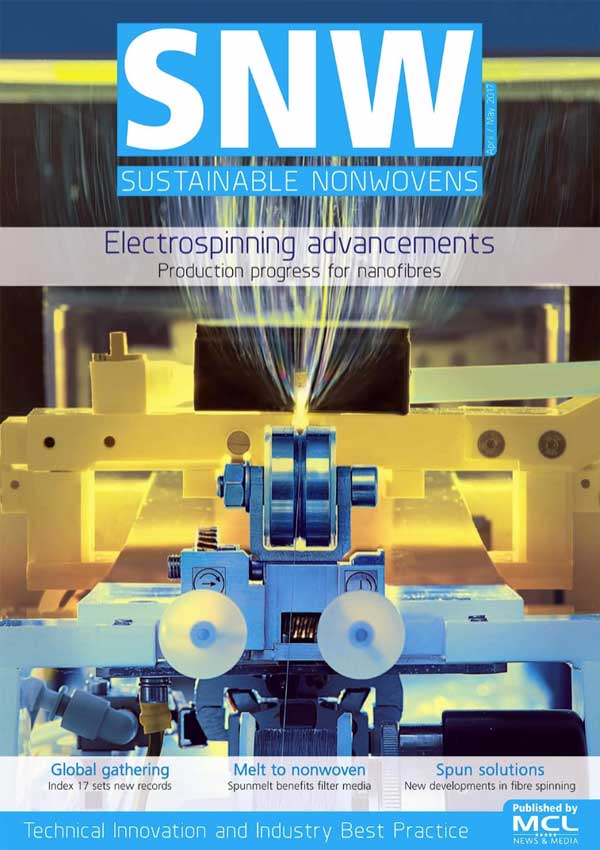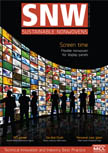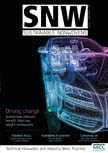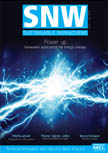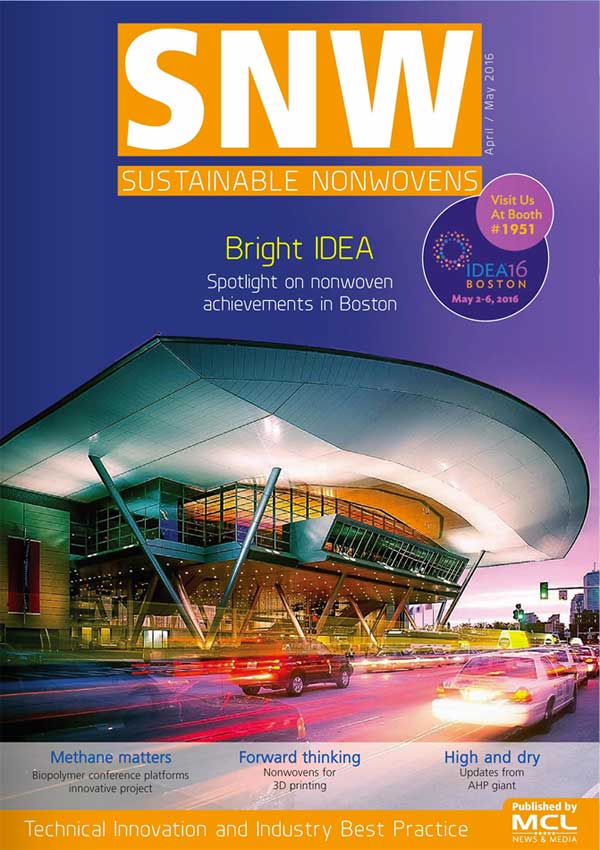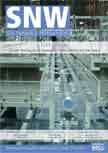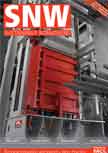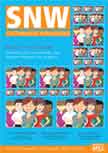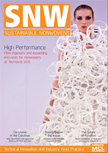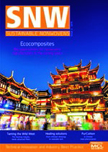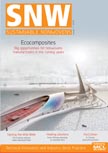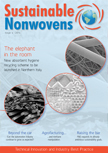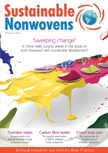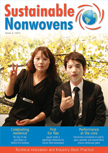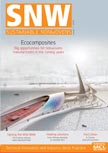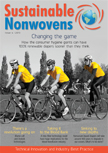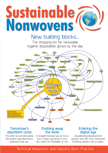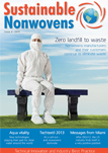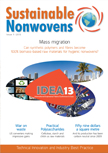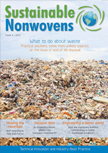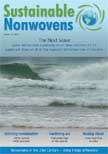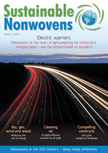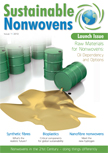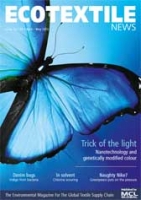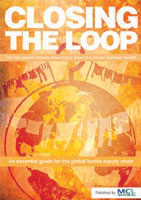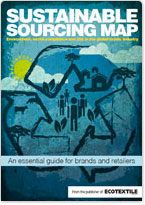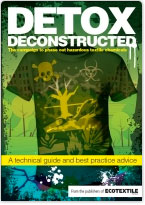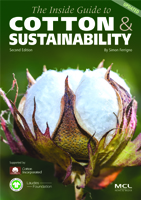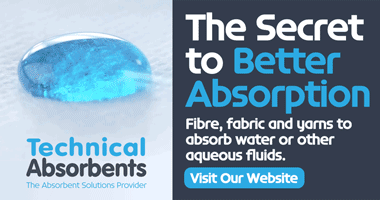WEST CHESTER – The global growth of adult incontinence products will be in the annual range of 8-9% in the next few years, according to industry consultancy Price Hanna, with ultra-thin products and pull-up-type pants the fastest growing products.
“Age is associated with incontinence products more than anything else, and populations are getting older,” said Colin Hanna during the EDANA Outlook online conference held from April 21-23. “At the same time, people are living longer so there are an increasing number of people needing incontinence products for longer.
Pressure
“In addition to age, obesity is the condition most linked to stress incontinence and obesity rates have been rising globally since 1975. Both an ageing population and obesity put pressure on healthcare costs as a share of GDP and it is worth noting that the consumer growth of AI products is growing faster than that of institutions. It is some of the most mature markets for these products that the change is most notable.”
Institutions, he added, are prioritising cost, but at the same time are willing to adopt sensor technologies with demonstrable benefits in terms of reduced labour and quality of care. Consumer awareness and access to online and big-box discount products is meanwhile driving the consumer demand for premium products.
“The benefits of e-commerce are uniquely valuable for adult incontinence products, especially the anonymity of online shopping and the discrete packaging of deliveries to the door. As a result, major retailers and home medical suppliers are increasingly adopting omni-channel strategies.”
Ultra-soft
In examining current trends in the market Price Hanna said that ultra-soft nonwovens for skin contact are increasingly required in premium adult products.
“This is obtained, for example by bicomponent spunbond and SMS as well as spunbonds with softness additives, fine denier filaments and high loft products,” she said. We are also seeing softer stretch laminates with spunbonds laminated to closely-spaced rows of elastics or perforated elastic film for high breathability and comfort.
“Another trend is for cotton and other natural fibres which are spunlaced for cloth-like topsheets, acquisition and distribution layers and backsheets, and reduce synthetic content.”
In absorbent core design, lightweight protection without bulk is the goal, she added, citing as an example P&G’s Always Discreet Extra Heavy Long pads which the company claims are 45% thinner than competing products.
Long lasting absorbency for overnight protection is also now being catered for in products such as Essity’s Tena Intimates and Kimberly-Clark’s Poise Overnight, with an emphasis on enhanced absorption and wider backs so that activity during sleep does not displace the pads, for worry free nights
In fit and sizing trends, K-C is emphasising what it calls shapewear with its latest version of Silhouette Premium, which stays sleek under any clothing and flexes with every movement. More sizes have also been introduced for a more accurate fit. Similar, is Unicharm’s Lifefree product.
Larger sizes are also being marketed, with two examples being Medline’s Fitright brief up to size 5XL, which provides a waist expansion of 106 inches and the Tranquility brief of Principal Business Enterprises with a waist expansion of 108 inches.
Sensors
Sensor technology has now been commercialised after years of development for both institutions and consumers at home.
Examples include Abana’s Nova developed with MediSens, Essity’s Tena Indentiti and Simavita’s Smartz all provide wetness alerts and various health indicators.
They are designed primarily for institutions, but Essity has recently launched Tena Smart Care Family Care specifically designed for use at home, featuring an iPhone app to provide alerts and other information to enhance care.
New reusable options for light incontinence are available online direct to consumer from dedicated websites with four examples are Conni, Speax, Modibodi and Knix.
“These reusable pants are only for light incontinence but appeal to a growing number of younger women as a plastic-free alternative, and although a niche today, the nonwoven disposables industry should consider this competition,” Price Hanna said.
